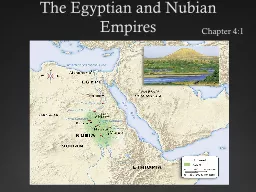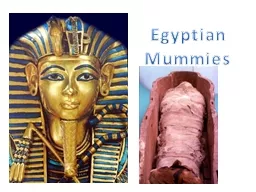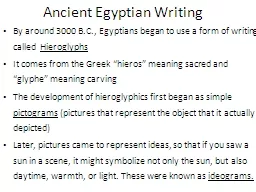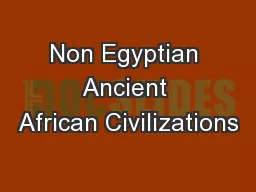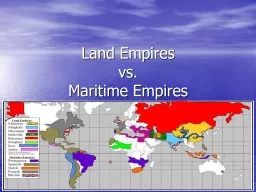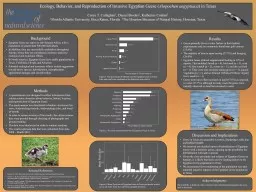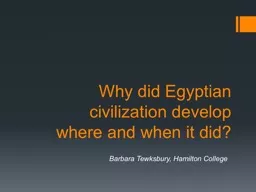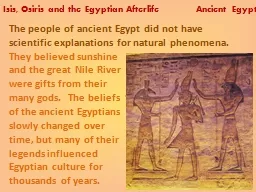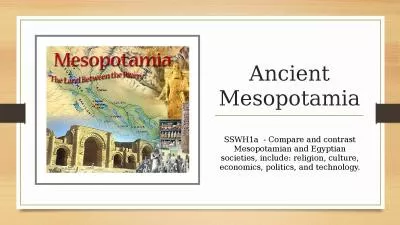PPT-The Egyptian and Nubian Empires
Author : mitsue-stanley | Published Date : 2016-03-31
Chapter 41 Vocabulary Words Hyksos A group of nomadic invaders from Southwest Asia who ruled Egypt from 1640 to 1570 BC New Kingdom The Period of ancient Egyptian
Presentation Embed Code
Download Presentation
Download Presentation The PPT/PDF document "The Egyptian and Nubian Empires" is the property of its rightful owner. Permission is granted to download and print the materials on this website for personal, non-commercial use only, and to display it on your personal computer provided you do not modify the materials and that you retain all copyright notices contained in the materials. By downloading content from our website, you accept the terms of this agreement.
The Egyptian and Nubian Empires: Transcript
Download Rules Of Document
"The Egyptian and Nubian Empires"The content belongs to its owner. You may download and print it for personal use, without modification, and keep all copyright notices. By downloading, you agree to these terms.
Related Documents

